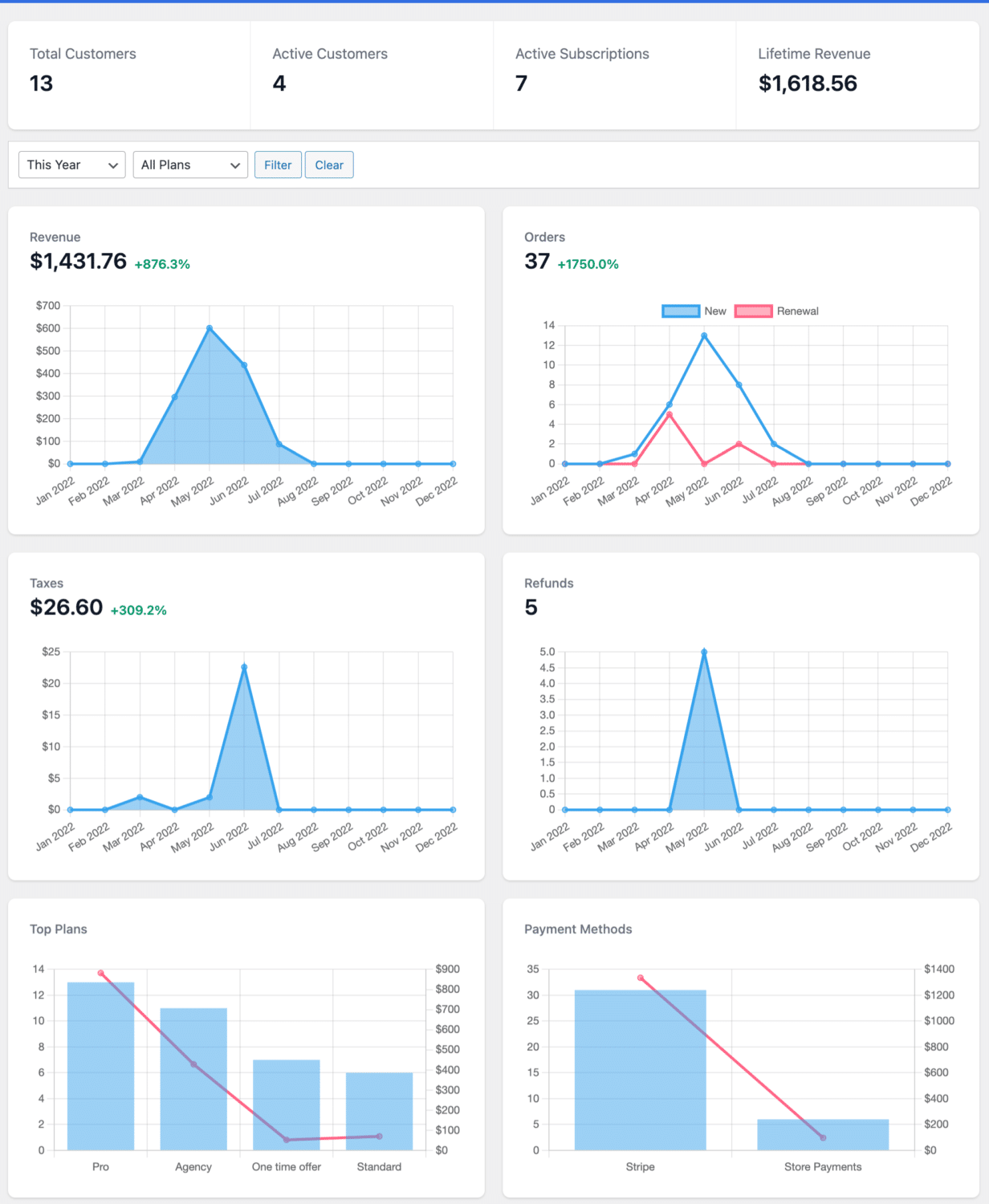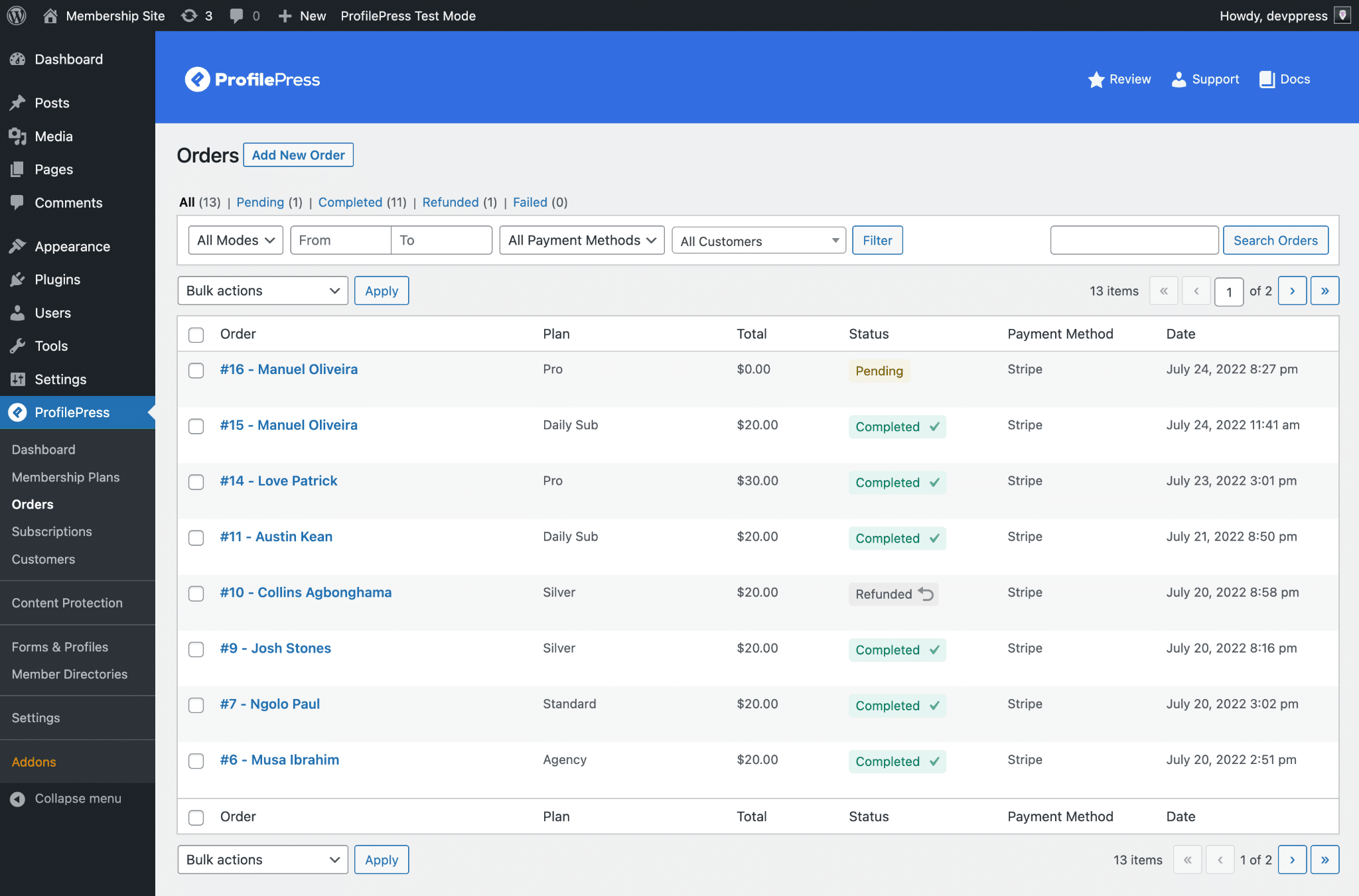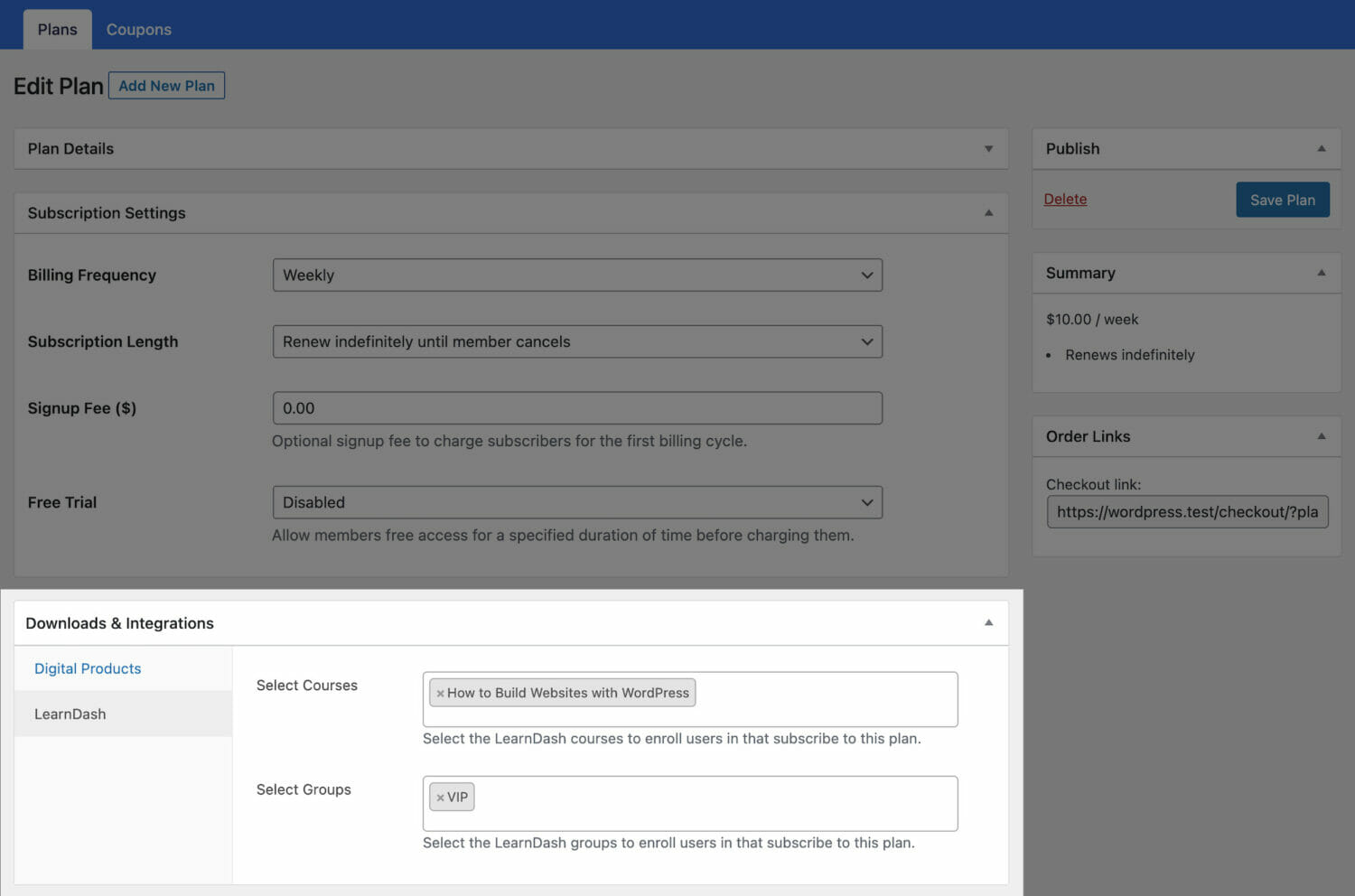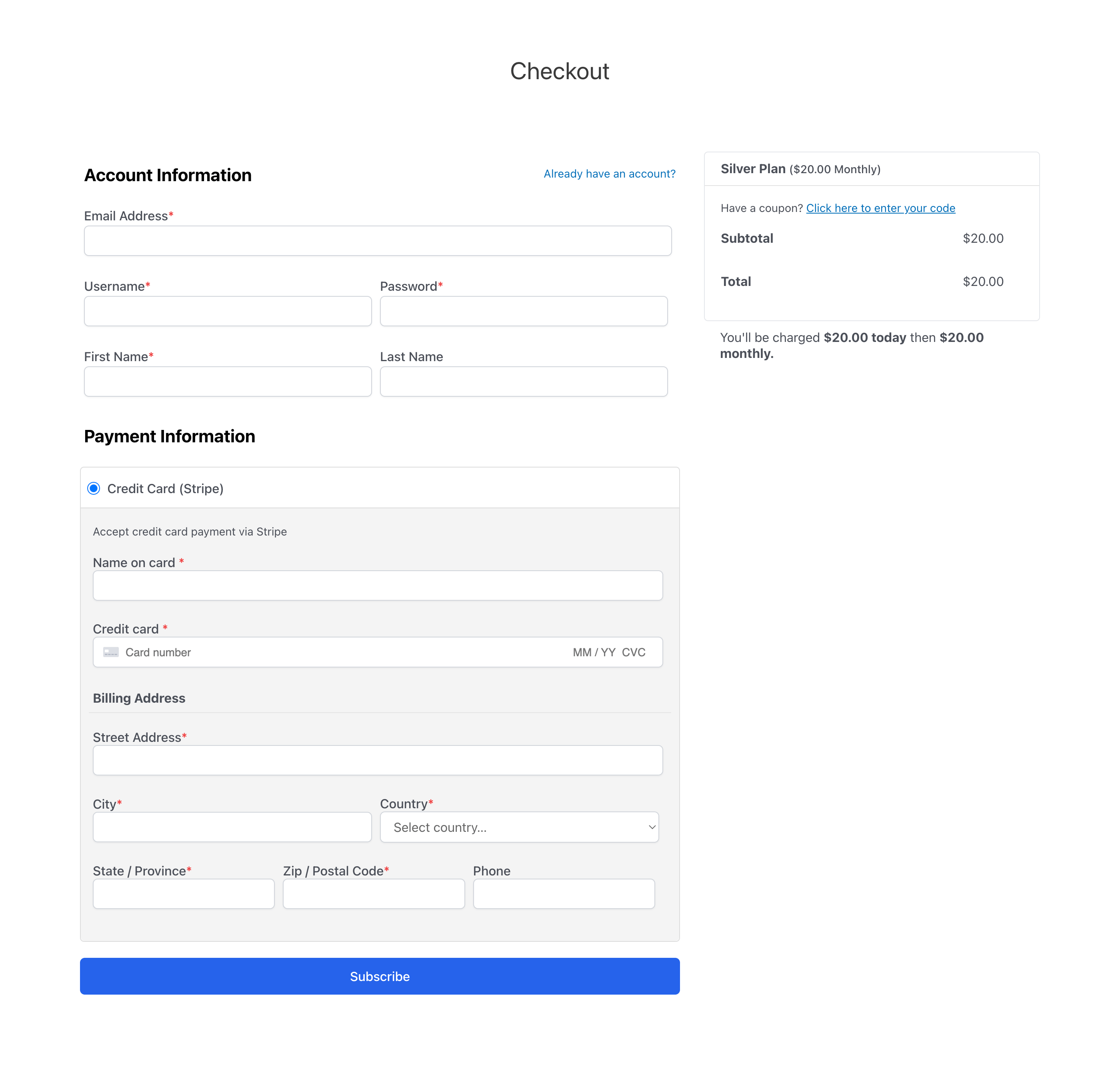Are you searching for popular digital products to sell on your website in 2024?
Even though you can’t taste or touch digital things like you can with regular items, we all use and enjoy them. Essentially, these products are just electronic codes, but when you access them on a computer, TV, tablet, or phone, they become things like music, movies, online courses, ebooks, graphics, apps, tickets, and more.
The demand for digital products is expected to reach an all-time high, fueled by the ever-growing online marketplace and the increasing digitalization of various industries. In this comprehensive article, we will explain what digital products are and the benefits of selling them, and we will explore eight popular digital products. Additionally, we will provide relevant tips for each digital product discussed.
What Are Digital Products?
Digital products are goods or services created, distributed, and consumed digitally, often facilitated by electronic devices and computer networks. Unlike traditional physical products, digital products exist in a non-tangible, electronic format. Examples of digital products include ebooks, online courses, spreadsheets, etc.
Benefits of Selling Digital Products
The sale of digital products has become a thriving business model with numerous advantages for creators and consumers. Here are some key benefits of selling digital products:
Global Reach: Selling digital products eliminates geographical barriers. Creators can reach an international audience without the constraints of shipping costs and delivery times, expanding their market exponentially.
Low Production Costs: Once the initial creation is complete, digital products often involve minimal production costs. Unlike physical products that require manufacturing, storage, and shipping, digital products can be duplicated and distributed easily.
Instant Delivery: Digital products offer the convenience of instant delivery. Buyers can access and download their purchases immediately.
Flexible Pricing Models: Digital products enable creators to experiment with various pricing models, such as one-time payments, subscriptions, or tiered pricing. This flexibility allows for customization based on the product type and target audience.
Easy Updates and Revisions: Digital products can be easily updated or revised without physical reprints. Creators can respond quickly to feedback, fix bugs, and add new features, ensuring a continuously improved product.
Higher Profit Margins: Due to lower production and distribution costs, digital products often offer higher profit margins than physical goods.
Data Insights: Digital sales platforms provide valuable insights into customer behavior, preferences, and demographics. Creators can use this data to refine their marketing strategies and tailor future products to meet the needs of their audience.
Now that I have explained digital products and the benefits of selling them, let’s look at the popular digital products to sell.
Popular Digital Products to Sell in 2024
In this section, I have compiled a list of 8 popular digital products for you to consider selling. Feel free to use it when choosing which digital product to sell.
Ebooks and Audiobooks
In the digital age, ebooks and audiobooks have become versatile and widely consumed digital products. To maximize the appeal of your digital books, consider the following tips:
Niche Expertise: Identify a niche or expertise that aligns with your knowledge and passion. Specialized content often attracts a dedicated audience eager for in-depth insights.
Professional Design: Invest in professional cover design and formatting to enhance the visual appeal of your ebook. A visually appealing cover can significantly impact a potential reader’s decision to explore your content.
Interactive Elements: Incorporate interactive elements where possible. This could include hyperlinks in ebooks or engaging sound effects in audiobooks, adding an extra layer of immersion for the audience.
Multi-Platform Accessibility: Ensure your ebooks and audiobooks are accessible across various platforms and devices. Compatibility with popular e-readers, audiobook platforms, and even mobile apps can broaden your reach.
Promotional Strategies: Develop a robust promotional strategy. Leverage social media, email marketing, and partnerships to create anticipation around your digital book release. Offering limited-time promotions or exclusive content can further incentivize potential readers.
Engage with Your Audience: Foster a sense of community around your digital products. Encourage readers to leave reviews, participate in discussions, and share their thoughts on social media. This engagement builds loyalty and serves as valuable feedback for future projects.
By implementing these tips, you can enhance the attractiveness and success of your ebooks and audiobooks, ensuring they stand out in a crowded digital marketplace.
Online Courses and Webinars
The popularity of online courses and webinars has soared. This dynamic and accessible format enables individuals to acquire new skills or deepen their knowledge from the comfort of their homes. Platforms such as Udemy, Teachable, and Coursera have become powerful hubs for educators and learners. Here are some tips to enhance the success of your digital education offerings:
Identify a Niche: Choose a niche or specialized topic for your online course or webinar. The more specific and tailored your content is, the more likely you will attract a dedicated audience interested in acquiring targeted knowledge.
Interactive Learning Modules: Design interactive and engaging learning modules. Incorporate quizzes, discussions, and practical exercises to keep participants actively involved throughout the course. Interactive elements enhance the learning experience and contribute to better retention.
Professional Production: Invest in high-quality production for your course materials. Clear audio, crisp visuals, and well-designed presentation slides contribute to a professional and polished learning environment.
Clear Learning Objectives: Clearly define the learning objectives for your course or webinar. This will help participants understand what to expect and allow them to measure their progress and achievements throughout the learning journey.
Flexible Scheduling: Consider offering flexible scheduling options for webinars to accommodate participants from different time zones. Record sessions for those who cannot attend live, providing them access to the content at their convenience.
Promotional Bundles: Create promotional bundles that include additional resources, such as downloadable materials, exclusive access to forums, or one-on-one consultation sessions. Adding value to your course or webinar can make it more appealing to potential buyers.
Collect and Implement Feedback: Encourage participants to provide feedback at the end of the course or webinar. Use this feedback to improve future sessions and refine your content based on your audience’s needs and preferences.
Build a Community: Foster a sense of community among your course participants. Consider creating a dedicated online space, such as a forum or social media group, where learners can connect, share insights, and support each other in their educational journey.
Applying these tips will empower you to develop online courses and webinars that cater to the growing demand for digital education and distinguish themselves as valuable and captivating learning experiences within your selected niche.
Digital Art and Illustrations
With the rise of NFTs (Non-Fungible Tokens), digital art and illustrations have emerged as lucrative avenues for artists to showcase and monetize their creativity. To make the most of this trend, consider the following tips:
Create Unique and Authentic Pieces: In a saturated market, originality stands out. Develop a distinctive style that sets your digital art apart. Authenticity not only attracts collectors but also enhances the value of your work.
Understand NFT Platforms: Familiarize yourself with the various NFT platforms, such as OpenSea, Rarible, or Mintable. Each platform has its features and audience, so choose one that aligns with your goals and target market.
Limited Editions and Exclusivity: Consider offering limited editions of your digital art or exclusive NFT releases. Scarcity often drives demand in the NFT market, making your creations more appealing to collectors.
Tell a Story: Provide context or a narrative behind your digital art. Adding depth can connect with potential buyers more personally, whether it’s the inspiration, creative process, or the story within the artwork.
Engage with the NFT Community: Participate in NFT communities, forums, and social media groups. Networking with other artists, collectors, and enthusiasts can open doors to collaborations, exposure, and valuable insights into market trends.
Leverage Social Media: Utilize social media platforms to showcase previews, behind-the-scenes content, and announcements related to your digital art. Platforms like Instagram, Twitter, and TikTok can be powerful tools for reaching a broader audience.
Educate Your Audience: As NFTs may be a new concept for some buyers, provide educational content. Explain the value of NFT ownership, the blockchain technology behind it, and how your buyers can benefit from investing in your digital art.
By incorporating these tips, digital artists can skillfully navigate the NFT landscape, ensuring their digital art and illustrations attract attention and become highly sought-after pieces in the thriving digital art market.
Stock Photography and Videos
As content creation becomes more prevalent, the need for high-quality visuals is constant. Photographers and videographers can sell their stock images and footage on platforms like Shutterstock or Adobe Stock. Here are some tips to maximize your success in this digital product niche:
Diverse Portfolio: Build a diverse portfolio that caters to various industries and themes. Having a variety of high-quality visuals increases the likelihood of attracting a broader customer base.
Keyword Optimization: When uploading your content to stock platforms, optimize your metadata with relevant keywords. This practice enhances the discoverability of your work, making it easier for potential buyers to find your images and videos.
Stay Trendy: Monitor current trends and popular topics in the digital content space. Creating visuals that align with trending themes can increase the marketability of your stock photography and videos.
Consistency in Quality: Maintain a consistent level of quality across your entire portfolio. Consistency builds trust with buyers, and they are more likely to return if they can consistently find high-quality visuals in your collection.
Promote Your Portfolio: Actively promote your stock photography and videos through your website, social media, and other online channels. Building your brand as a reliable source of high-quality visuals can attract direct customers and platform sales.
Responsive to Feedback: Pay attention to customer feedback and market trends. Responding to feedback and adapting your content strategy accordingly can help you stay relevant and meet your audience’s evolving needs.
Applying these tips to your stock photography and videography business will boost the appeal of your digital products and help you carve out a successful presence in the competitive landscape of stock content.
Mobile Apps
The app market continues expanding, offering developers opportunities to create and sell innovative mobile applications. Addressing specific needs or providing unique functionalities can make an app stand out. Here are some tips to help your mobile app thrive in a competitive market:
Identify a Niche: Research the market to identify a niche or a specific problem your app can address. Catering to a specific audience or solving a particular challenge can give your app a competitive edge.
User-Friendly Design: Prioritize a user-friendly and intuitive design. Ensure that users can easily navigate through your app and that the interface aligns with the expectations of your target audience.
Unique Features: Differentiate your app by incorporating unique features or functionalities. Analyze competitors to understand what is lacking in their offerings, and strive to fill those gaps with your innovative approach.
Cross-Platform Compatibility: Consider making your app compatible across different platforms (iOS, Android). This will expand your potential user base and ensure a broader reach.
Regular Updates: Stay proactive with updates to address bugs, introduce new features, and enhance overall performance. Regular updates improve user experience and demonstrate your commitment to the app’s improvement.
Beta Testing: Conduct thorough beta testing before the official launch. Invite a select group of users to test the app and provide feedback. This helps identify and rectify potential issues before reaching a wider audience.
Effective Marketing: Develop a robust marketing strategy to create awareness about your app. Utilize social media, app review websites, and collaborations with influencers to generate buzz and attract potential users.
Security Measures: Prioritize the security of user data. Implement robust security measures to build trust among users and ensure their personal information is handled carefully.
Printable Planners and Journals
Even though many people use digital tools to get things done, many still like physical planners and journals. So, making downloadable and printable versions is an excellent idea for those who enjoy organizing stuff and the touch of paper. Here are some tips to make your printable planners and journals memorable:
Design Diversity: Offer a range of designs to cater to various tastes and preferences. Consider themes such as minimalistic, floral, motivational, or specialized planners for specific purposes like fitness, finance, or mindfulness.
Customization Options: Provide customizable elements within your planners. Users may appreciate the ability to add their personal touch, such as inserting their name, choosing color schemes, or incorporating specific sections tailored to their needs.
Functional Layouts: Ensure that the layout of your planners is not only aesthetically pleasing but also functional. Intuitive designs with well-organized sections for daily, weekly, or monthly planning, goal-setting, and reflection can enhance the overall user experience.
Print Quality: Emphasize the importance of print quality. Clear, high-resolution designs and well-defined lines contribute to a polished and professional printed appearance, enhancing the user’s satisfaction.
Comprehensive Instructions: Include detailed instructions or tips on how to use your printable planners and journals best. This can guide users through the printing process, offer suggestions for customization, and provide insights into effective planning techniques.
Bundle Options: Consider offering bundles or sets that include themed planners or complementary journaling pages. Bundles can provide added value for customers and encourage multiple purchases.
Coding Resources and Templates
With the increasing interest in coding and web development, selling coding resources, templates, and frameworks can be lucrative for developers looking to share their expertise. Here are some valuable tips to make your coding products stand out:
Target-Specific Audiences: Identify specific niches or skill levels within the coding community. Whether it’s beginners, intermediate developers, or experts, tailoring your coding resources to meet the needs of a particular audience can enhance the appeal of your products.
Documentation and Tutorials: Accompany your coding resources with comprehensive documentation and tutorials. Clear instructions, code explanations, and usage examples will attract buyers and help them make the most of your templates and frameworks.
Responsive Design: If creating website templates, ensure they have a responsive design. With the increasing use of mobile devices, responsive templates that adapt to various screen sizes are highly sought after and can broaden your customer base.
Regular Updates: Stay current with coding trends and technologies. Update your coding resources and templates regularly to reflect the latest industry standards and best practices. This demonstrates your commitment to quality and keeps your products relevant.
License Options: Clearly define the licensing options for your coding products. Providing transparent licensing information helps customers make informed decisions and builds trust, whether it’s a single-use, multiple-use, or open-source license.
Customer Support: Offer responsive customer support. Coding projects may involve complexities, and customers may have questions or encounter issues. A reliable support system can set you apart, fostering customer satisfaction and positive reviews.
Digital Marketing Services
As businesses strive to establish a solid online presence, digital marketing services such as SEO guides, social media strategies, and email marketing templates are in high demand. Here are some tips to succeed in offering these services:
Specialize and Niche Down: Instead of offering generic digital marketing services, consider specializing in a particular aspect, such as SEO, social media management, or email marketing. Niche expertise can make you stand out in a crowded market.
Offer Comprehensive Packages: Develop comprehensive digital marketing packages that cater to the diverse needs of businesses. Consider bundling services like content creation, social media advertising, and analytics reporting for a holistic approach.
Demonstrate Expertise: Showcase your expertise through case studies, client testimonials, or a portfolio of successful campaigns. Clients are more likely to trust and choose a digital marketing service provider with a proven track record.
Stay Updated on Trends: The digital marketing landscape is dynamic, with constant updates and emerging trends. Stay informed about industry changes, algorithm updates, and new tools to ensure your strategies are cutting-edge and effective.
Personalized Strategies: Tailor your digital marketing strategies to each client’s unique needs and goals. This approach demonstrates a commitment to delivering results and fosters long-term client relationships.
Transparent Communication: Establish clear communication channels with clients. Provide regular updates on campaign performance, discuss strategy adjustments, and be transparent about expectations. Clear communication builds trust and client satisfaction.
Educational Content: Share your knowledge and expertise through educational content. Create blog posts, webinars, or guides that offer valuable insights into digital marketing trends, strategies, and best practices. This not only positions you as an authority but also attracts potential clients.
Networking: Build a strong network within the industry. Attend conferences, webinars, and networking events to connect with potential clients and collaborators. A robust professional network can open doors to new opportunities and referrals.
By implementing these tips, you can establish yourself as a reputable digital marketing service provider, attracting clients seeking to enhance their online presence and achieve business growth.
How to Sell Digital Products
I have provided a list of eight popular digital products that you can start selling. If you’re wondering how to begin, keep reading.
We recommend using WordPress to create a website to sell your digital product. It is a user-friendly platform that empowers individuals and businesses to establish a solid online presence.
One key advantage of using WordPress is the extensive library of plugins that enhance functionality and streamline various aspects of website management. When it comes to selling digital products, we highly recommend using the powerful ProfilePress plugin.
ProfilePress is an exceptional eCommerce and WordPress membership plugin that enables you to sell digital products, create membership sites, and control your website content. Here’s why our strong recommendation lies with ProfilePress:

ProfilePress has an order management system, payment integration with leading gateways (such as PayPal, Stripe, Mollie, Razorpay, and Paystack), an analytics dashboard, automated product delivery after purchase, access controls, user profile management, and everything else you would need to sell digital products on your site.

Selling with ProfilePress is as easy as creating a plan, uploading the digital product to sell, and saving your changes. A checkout URL will be generated that you can add to your website pricing page or email prospective customers to purchase from you.

Whether you prefer one-time or recurring payments, ProfilePress provides flexibility by allowing payments via bank transfers, credit cards, PayPal, or third-party payment gateways. This adaptability ensures that you cater to your customers’ diverse preferences.

Consider Selling These Popular Digital Products Today
The digital marketplace offers a vast landscape for turning your skills and passions into profit. By considering these eight popular digital products, you can leverage your skills and passions to build a successful online business in 2024.
Remember, creating high-quality products that provide genuine value to your target audience is the key to success. So, unleash your creativity, embrace the possibilities, and start your journey to becoming a successful digital product seller.
We recommend leveraging WordPress and the ProfilePress plugin to launch your digital product sales platform.